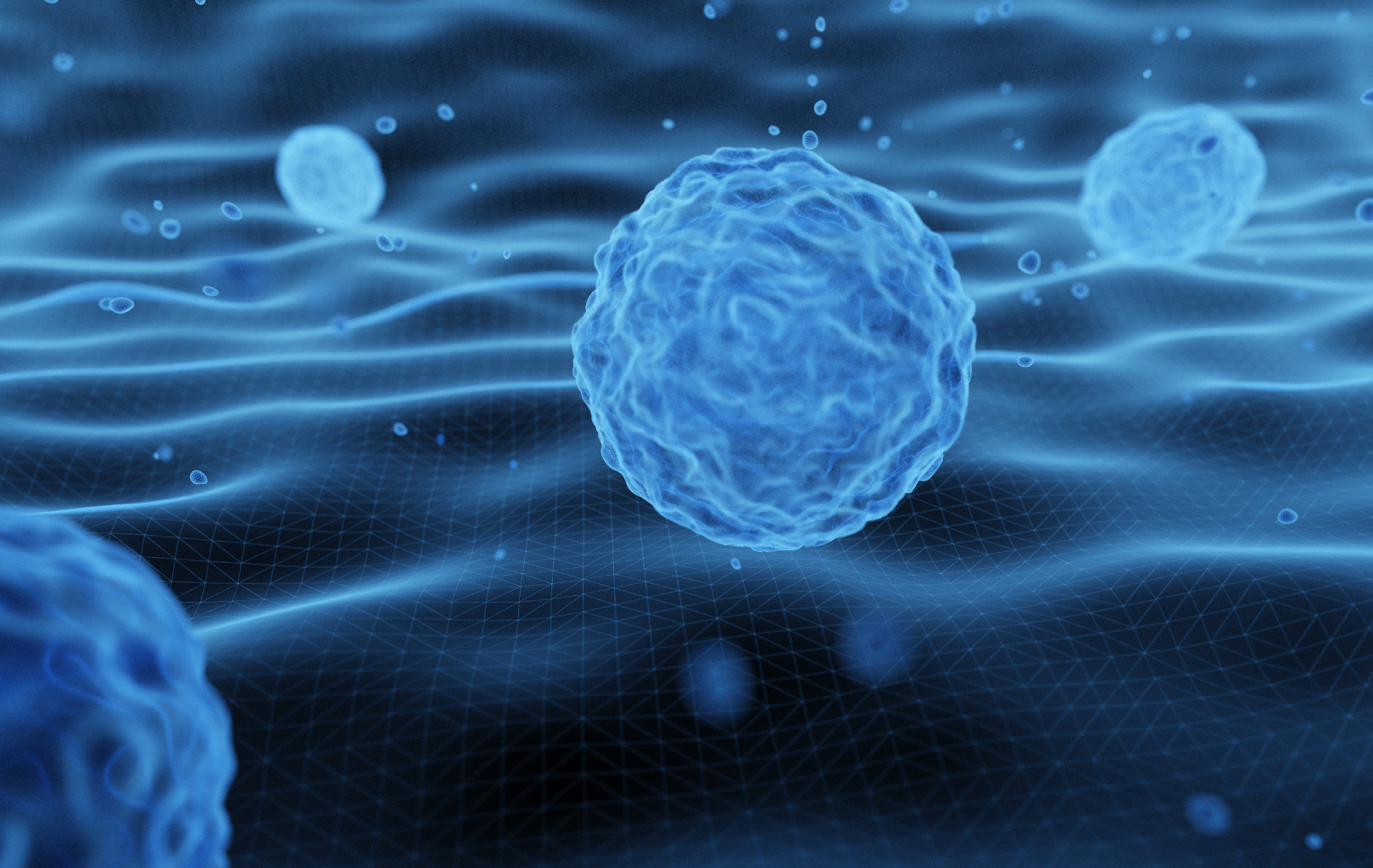Researchers from the Chinese Academy of Sciences (CAS) have created “blastoids,” or embryo-like structures, using monkey embryonic stem cells. Published in the journal Cell Stem Cell, the study reports that the blastoids can be cultured indefinitely, opening up new possibilities for studying embryonic development. Researchers exposed macaque embryonic stem cells to various growth factors, causing them to form blastoids, which were then transferred to the uteruses of female monkeys. Although the blastoids could implant and release hormones similar to pregnancy, they did not form fetuses and disappeared within a week.
By studying blastoids, researchers hope to understand better human embryonic development and the causes of early miscarriages. As monkeys are closely related to humans, studying primate embryos could provide new insights into human embryonic development. While the study raises ethical concerns, the researchers note that there are still many differences between blastoids and natural blastocysts and emphasize the importance of discussions between the scientific community and the public.
The researchers plan to focus on further developing the system of culturing embryo-like structures from monkey cells. They hope that further application of monkey blastoids will help to dissect the molecular mechanisms of primate embryonic development. Co-corresponding author Qiang Sun states that the research provides “new tools and perspectives for the subsequent exploration of primate embryos and reproductive medical health.” By creating blastoids, the researchers have found a way to study embryo development and early organ formation that has been previously limited by ethical issues and the availability of materials to study.
Overall, this study is a significant advancement in embryonic research, as it provides researchers with new tools to study embryonic development without relying on natural embryos. While the ethical concerns surrounding the research cannot be ignored, the researchers hope that discussions with the public and scientific community will lead to further understanding and progress in the field.
References
- Li, J., Zhu, Q., Cao, J., Liu, Y., Lu, Y., Sun, Y., Li, Q., Huang, Y., Shang, S., Bian, X., Li, C., Zhang, L., Wang, Y., Nie, Y., Fu, J., Li, W., Mazid, Md. A., Jiang, Y., Jia, W., … Liu, Z. (2023). Cynomolgus monkey embryo model captures gastrulation and early pregnancy. Cell Stem Cell, 30(4), 362-377.e7. https://doi.org/10.1016/j.stem.2023.03.009











